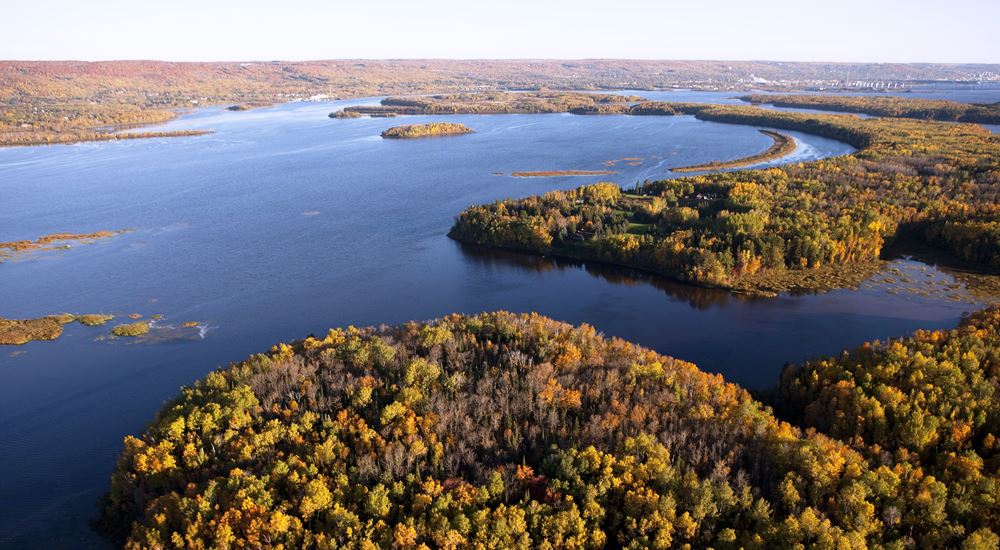On December 5, 2019 the U.S. Environmental Protection Agency (EPA) announced that the Minnesota Department of Natural Resources (DNR) has been awarded a $1,750,000 supplemental Great Lakes Restoration Initiative (GLRI) grant to continue restoration efforts in the Saint Louis River Estuary Area of Concern (AOC) in Lake Superior.
This supplemental grant brings the total GLRI investment in the project to $7,770,000 and represents a larger effort to restore and protect the Great Lakes through the GLRI.
In October, EPA announced GLRI Action Plan III, an aggressive plan that will guide Great Lakes restoration and protection activities by EPA and its many partners over the next five years.
“Through the Great Lakes Restoration Initiative, the U.S. Environmental Protection Agency and our partners, including the Minnesota Department of Natural Resources, are working collaboratively to solve the complex environmental challenges facing the Great Lakes,” said EPA Great Lakes National Program Manager and Regional Administrator Cathy Stepp.
“With this grant, EPA is reaffirming its commitment to protect and restore Lake Superior, so it can continue to be a source of vitality for generations to come,” she added.
Using these funds, Minnesota DNR has begun to implement two projects to restore the St. Louis River Estuary AOC. The projects, Grassy Point and Kingsbury Bay, will collectively contribute toward restoration of 257 acres of aquatic habitat and the removal of the associated beneficial use impairment in the AOC.
“This federal GLRI grant provides a critical match to Minnesota Outdoor Heritage Fund dollars at the state level to ensure these massive habitat restoration projects are completed,” said Pat Collins, DNR Restoration Ecologist.
“Without these state and federal partnerships, these projects could not happen and more than 100 years of industrial impairments would continue to impact fish and wildlife for the foreseeable future,” Collins explained.
Photo of the Saint Louis River Estuary courtesy of The Nature Conservancy.
See the Minnesota Department of Natural Resources website.
See The Nature Conservancy’s web page for the Saint Louis River Estuary.

